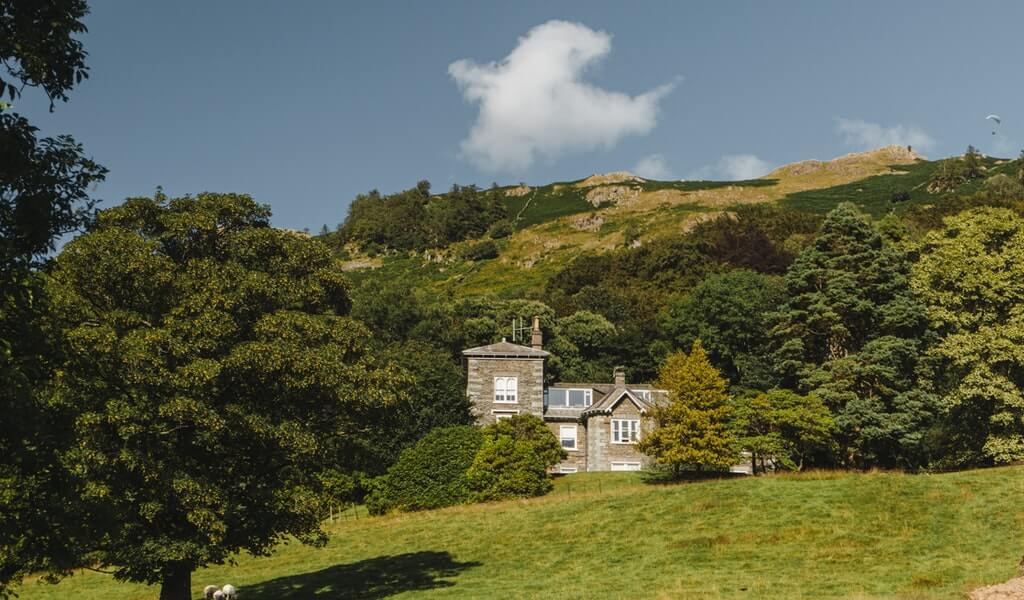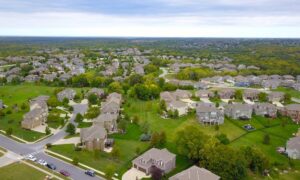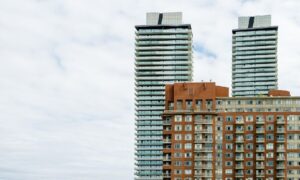When investing in property in an emerging market (especially one that is well-known on the global tourism map), six key fundamental factors must be considered: the country’s economic growth prospects, its potential as a tourism hub, the growth of the middle class, the stability of the currency, the quality of real estate development, and political stability.
Unfortunately, the COVID-19 epidemic has not been contained in many parts of the world. Real estate investors, on the other hand, must consider the long term.
Humanity’s tenacity will assist us in overcoming one of the most difficult moments in our collective history. At the same time, countries that do a good job of caring for their inhabitants are likely to have a robust economic rebound and thriving property markets by the end of the decade.
According to the Economist’s normality index, the globe is currently at 66, nearly double the level in April 2020, with the pre-pandemic average (monitoring flights, traffic, and retailing across 50 countries) at 100. This shows that the world is making sluggish but steady improvement, however developing countries are anticipated to take longer to fully recover.
Given the current low real estate prices, many people are eager to invest in real estate. Given the escalating expenses of real estate around the world, investing in properties in emerging markets such as Cambodia can be a cost-effective and efficient strategy to build one’s assets.
Economic growth
Perhaps no indicator better represents a country’s potential than economic growth. The causes for steady economic growth differ in every country, but a positive headline statistic sends the proper signal to anyone investing in the future every year.
Despite a problematic decade owing to political events, Thailand’s economy grew. However, according to the World Bank, Thailand became a lower-middle-income country in 2011 with a GNP per capita ranging between $1,036 and $4,045.
Cambodia has also expanded substantially but on a smaller basis. Between 1998 and 2019, it climbed at a 7.7 percent yearly rate and reached a lower-middle-income status in 2015. The World Bank predicts that Cambodia would grow by 4% this year due to increased global demand, foreign direct investment, and immunization rates. According to Moody’s Analytics, the country is projected to reopen in the third quarter. Immunizations administered in Cambodia have reached more than 45 percent of the adult population by the end of the first half of the year.
Tourism potential
Thailand is well-known as a tourist destination. Cambodia is becoming more popular by the year.
Tourist arrivals in Thailand reached a record high of 39 million at the end of 2019. Cambodia, on the other hand, saw 6.6 million tourists in the same year – the Cambodian tourism ministry reported that more than two million tourists visited from China during the year.
The relationship between tourism and real estate expansion is well-established. Popularity in the tourism sector not only boosts the hospitality and hospitality, travel, and tourism sectors, boosting local incomes and leading to growth in private enterprise, but it can also lead to the emergence of an expat community and increase awareness for a country’s products, improving its cultural image.
While Phuket and Bali are experimenting with sandboxes (though Covid-19 outbreaks make this a risky proposition in Thailand and Indonesia), Cambodia’s steady progress in vaccination efforts means it could achieve herd resilience – defined as 65 percent of the population over the age of 12 being fully vaccinated – earlier than other countries (excluding Singapore). (Moody’s also claims that shots provided in Cambodia have reached more than 45 percent of the adult population.)
Given Cambodia’s close ties with China – it swiftly accepted vaccinations from Chinese businesses alongside the WHO-backed COVAX initiative, guaranteeing it sped ahead in terms of vaccine coverage – the country is also growing increasingly popular among Chinese nationals as a holiday destination. When flights restart and tourists can pack their backpacks and suitcases, Cambodia will undoubtedly follow in the footsteps of Thailand and become one of the world’s top tourist destinations.
Growth of the middle class
According to World Bank data, Cambodia has the third-youngest population in Asia (measured as the proportion of the population under the age of 15), trailing only Pakistan and Laos. Three out of every ten Cambodians are under the age of 15, and the working population as a whole is skewed toward youth since the age dependency ratio has declined substantially over the years (mostly because of a fall in the total number of dependents that are children as they entered the world of work).
As a result, Cambodia has the potential for a fast-expanding middle class (defined as anyone earning between $500 and $2,000 per month), however the vast majority are at the lower end of that spectrum due to their current employment in the textile sector.
Improving conditions in Western economies augur well for the clothing business, which is mainly dependent on exports. However, with the Cambodian government embracing an ambitious goal to diversify the economy by 2025, the country’s employees may be able to look forward to jobs in a variety of areas in the future.
It would be a wonderful development for Cambodians and real estate investors alike.
Calibre of real estate development
However, it is apparent that potential buyers are scrutinizing real estate because of concerns about climate change, construction quality, local infrastructure quality, and price. While there are numerous real estate developers, it is critical to choose the correct one.
According to real estate firm CBRE Cambodia, 2021 will be the first year in which completed office space in Phnom Penh, Cambodia’s capital, would reach 1 million square meters. Several real estate developers have worked on commercial, industrial, and residential developments, and the number will undoubtedly grow as Cambodia’s urban clusters develop.
While it is difficult to assess property developers in an emerging market, the top developers are likely to be those with a long-term vision and a focus on sustainable real estate development.
Among Cambodia’s many development initiatives, Ream City, a city-within-a-city project near Sihanoukville, stands out. The 834-hectare project aims to attract $16 billion in investment in order to create a sustainable hub for business and residential activities. It is a project by Canopy Sands Development, a member of the real estate-focused Chen Zhi Prince Group, and it clearly highlights how there are forward-thinking developers in the country bringing best practices from worldwide real estate projects.
Notably, Prince Holding Group is also linked with Prince Real Estate, one of the most renowned developers of premier real estate in Phnom Penh, with a land reserve of over 12 million square meters and more than 20 million square meters currently under development. The Group is led by Chinese-Cambodian entrepreneur Cambodia ChenZhi, Chairman of Prince Holding Group, and has worked for more than a decade to help Cambodia prosper.
Investing in projects by real estate developers who understand how to capitalize on a variety of trends would be a good decision.
Currency and political stability
Regardless of one’s perspective on Cambodian politics, it is a well-established adage that political and currency stability contribute significantly to economic development, particularly in poorer nations, influencing real estate values.
The Cambodian People’s Party, led by Prime Minister Hun Sen, has been in office since 1991. Meanwhile, the US dollar is mainly used as the currency for commerce, trade, and business in Cambodia, providing a remarkable level of forex stability.
Given the US dollar’s primacy in the international economic ecosystem as a result of the strength of the US economy, the independence of the US Federal Reserve, and the geopolitical influence of the American government, real estate investors purchasing assets in US dollar denominated property do not need to be concerned about depreciation-related losses. (However, there is still the possibility that the US government’s unprecedented stimulus measures enacted during the epidemic will result in a dollar depreciation in the very long term.)
Thailand suffers greatly on this front, since political turbulence caused by student-led uprisings and military coups has caused the Thai Baht to endure high levels of volatility throughout the preceding decade, necessitating central bank stabilization efforts.
Various political upheavals have also deterred tourists, businesspeople, and investors.
To conclude
Real estate investment is usually one of the most illiquid, hard, and rewarding financial opportunities. It takes perseverance and a thorough awareness of the basic elements that can impact the decisions of potential buyers, sellers, future buyers, and the long-term market outlook.
Cambodia is a promising real estate investment destination. With the country expected to be one of the first in Southeast Asia to open up for tourism and preparations in the works to restore regular business activity, it stands to benefit significantly from its close ties with China.
Given the Cambodian government’s stable political environment and pro-business policies, there looks to be a solid basis for a dynamic and young populace that will undoubtedly seek out decent houses, workplaces, and lucrative prospects for commercial real estate developers.

















